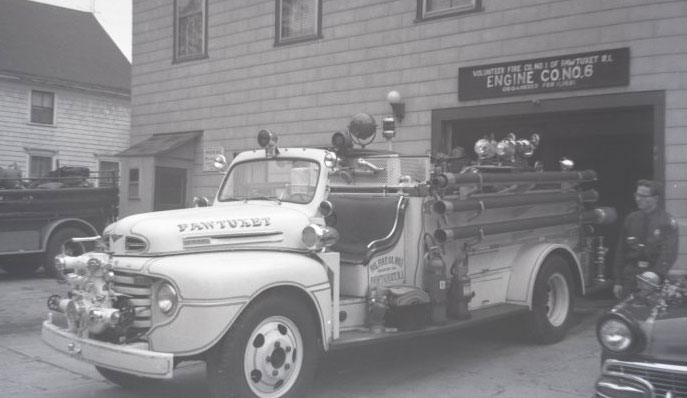
By Bill Adams
Regardless of choice or necessity, some apparatus dealers are walking into fire stations representing multiple lines of fire apparatus. It could also be the result of strategic business decisions by apparatus manufacturers—or their investors. Some of the buyouts, mergers, and assimilations in the fire apparatus industry can create a Catch-22 marketing phenomena for some dealers—albeit the no-win predicaments are no doubt unintentional.
Related Content
- Commentary: What’s Happening to All the Apparatus Dealers?
- Commentary: What Apparatus OEM Do You Work for?
- Bill Adams Archive
When the lines represented are complementary, it may be beneficial to the dealer. However, if they are incompatible or even competitive with each other, a dealer can be placed in a precarious position with potential purchasers as well as with the apparatus manufacturers represented.
Sane and rational fire apparatus dealers will not knowingly bite the hand that feeds them. However, they may feel slighted when manufacturers’ management and corporate decisions directly affect their livelihood. They may even feel disenfranchised if said decisions are detrimental to their bottom line. Most dealers are more concerned with their individual marketing areas than they are with apparatus sales on a national level. The dealers of fire apparatus builders that manufacture—in-house—a complete line of fire apparatus are immune from this dilemma. They’re usually the happiest campers in the marketplace.
The Purchaser
When a multiline dealer walks into a firehouse to peddle a new rig, how does the dealer respond when the fire chief says, “What is your best apparatus line?” Some readers and fire chiefs might find merit in a dealer answering, “Whatever you need” or “We can provide a multitude of product to meet your requirements.” That’s nice, but how would the dealer answer when the fire chief says “What do you recommend,” or “Which is built better,” or “Does one have a better warranty?” A worst-case scenario would be when the fire chief asks “What are the features and benefits of both lines that you represent?” It may not be appropriate to throw up in the chief’s office.
Dealers
The dealers can truly be caught between a rock and a hard place. Discounting the physical features of each manufacturer, should the dealer “lead off” a sales presentation with the manufacturer’s rig that is the least expensive or the one that will be most profitable to the dealership?
When a dealer icarries multiple lines, the dealer may be required to sell a certain number of rigs by each manufacturer. There could be situations where a dealer has successfully sold Brand A against Brand B for many years and all of a sudden he also “has” to sell Brand B to some of his customers who are very content with Brand A. It would be unfortunate if the dealer’s previously happy customers think the dealer has been lying to them all along when he tries to sell them a Brand B. Good luck.
Multiple Materials and Methods
A similar circumstance can inadvertently be created when a manufacturer modifies or adds to a primary product line. For example, assume an apparatus manufacturer has been very successful building its bodies out of one particular material with one specific method of construction. Consider its dealers have promoted that type of construction and material and have been profitable in doing so.
How does the dealer react should the manufacturer opt to offer as an option bodies of a different material and a completely different method of construction? The same questions a purchaser poses to the dealer selling multiple lines may be directed at the dealer whose only manufacturer is now selling a plethora of different materials. Which body material do you want: formed aluminum, extruded aluminum, stainless steel, galvanneal steel, untreated steel, or a variety of nonmetallic bodies?
Selling fire apparatus should be a two-way street with mutual respect, honesty, and forthrightness between purchaser and seller. Those same attributes and a degree of understanding should be exhibited between manufacturers and their existing and newly acquired dealers.
BILL ADAMS is a member of the Fire Apparatus & Emergency Equipment Editorial Advisory Board, a former fire apparatus salesman, and a past chief of the East Rochester (NY) Fire Department. He has 50 years of experience in the volunteer fire service.

